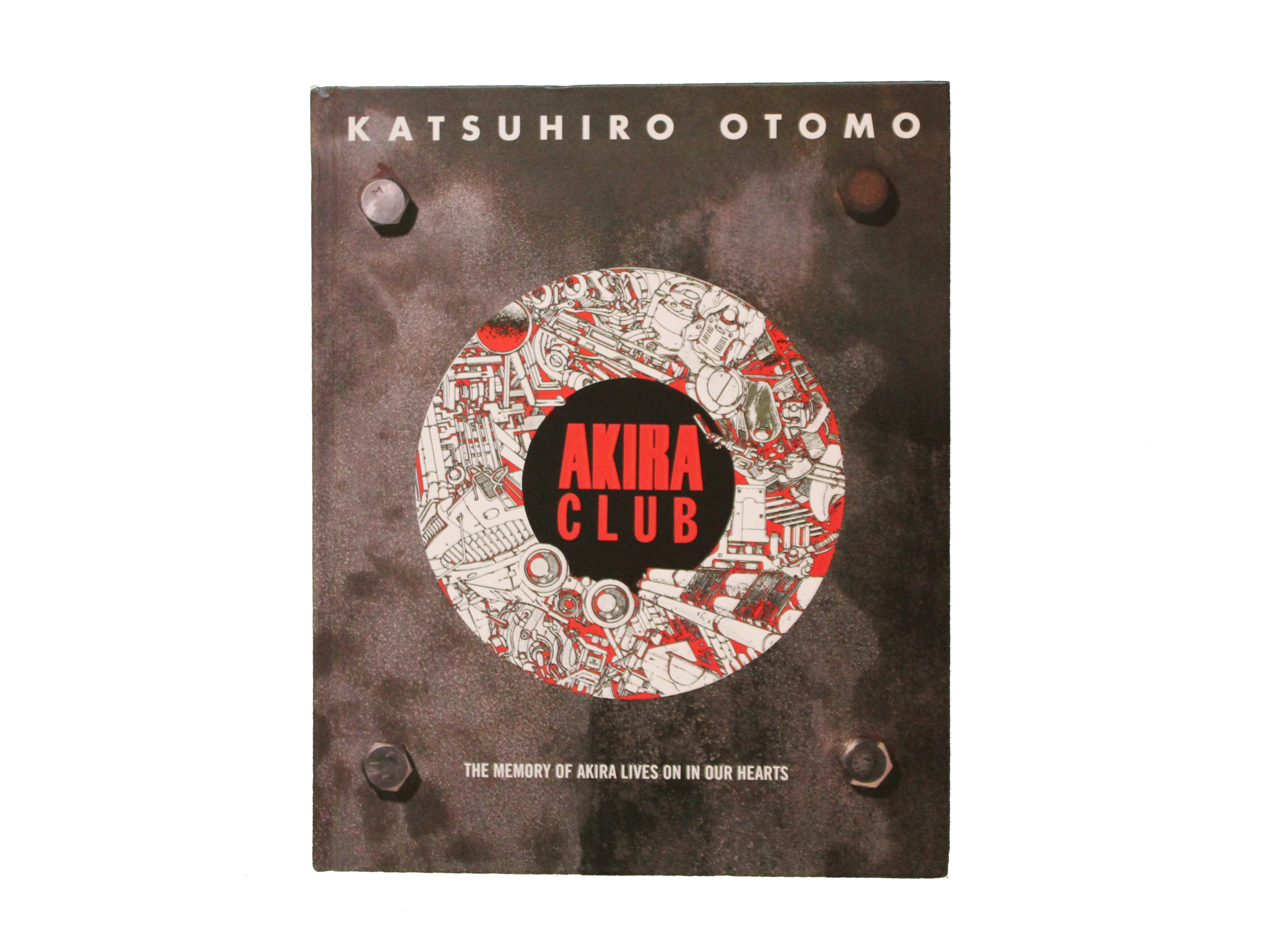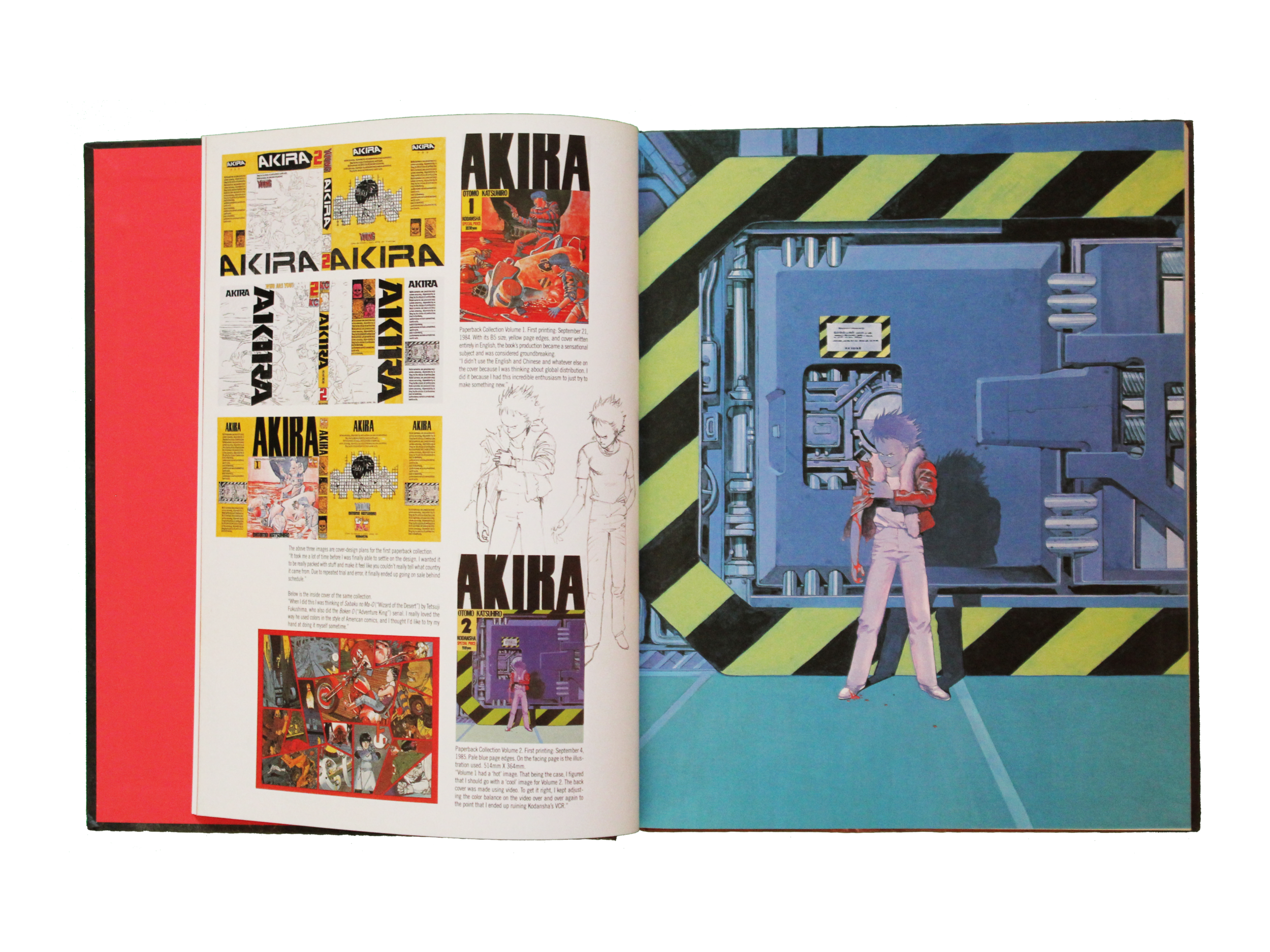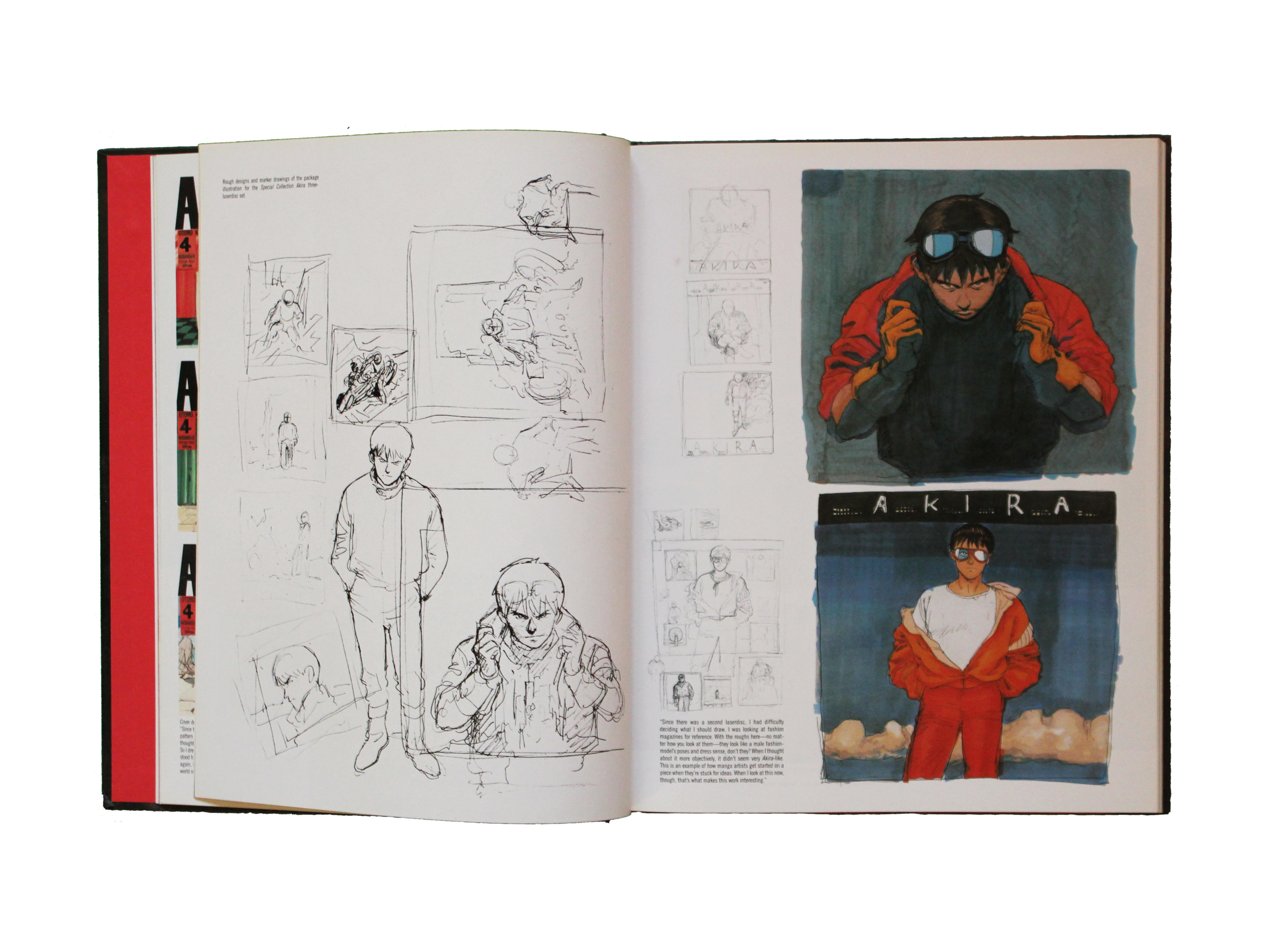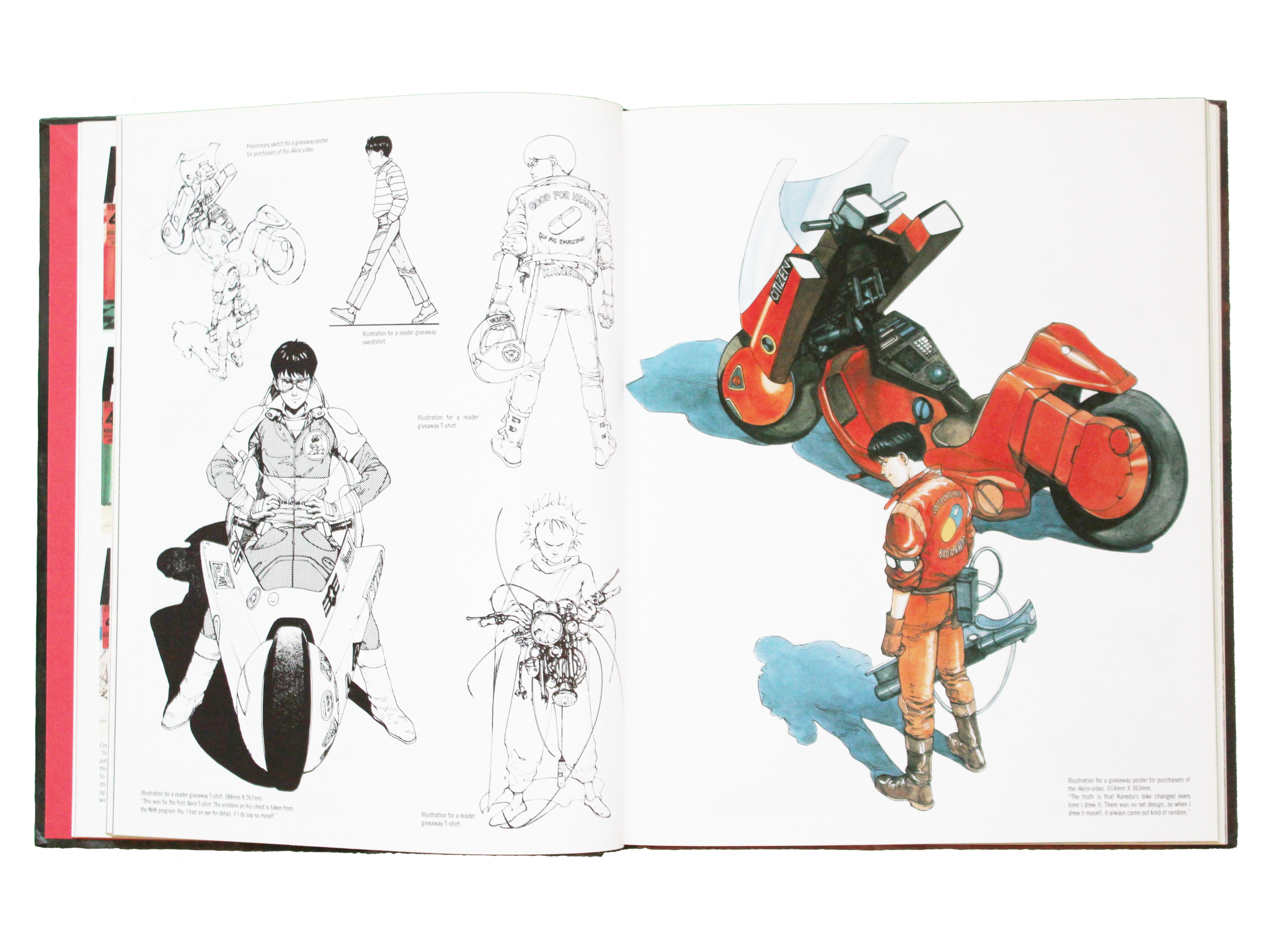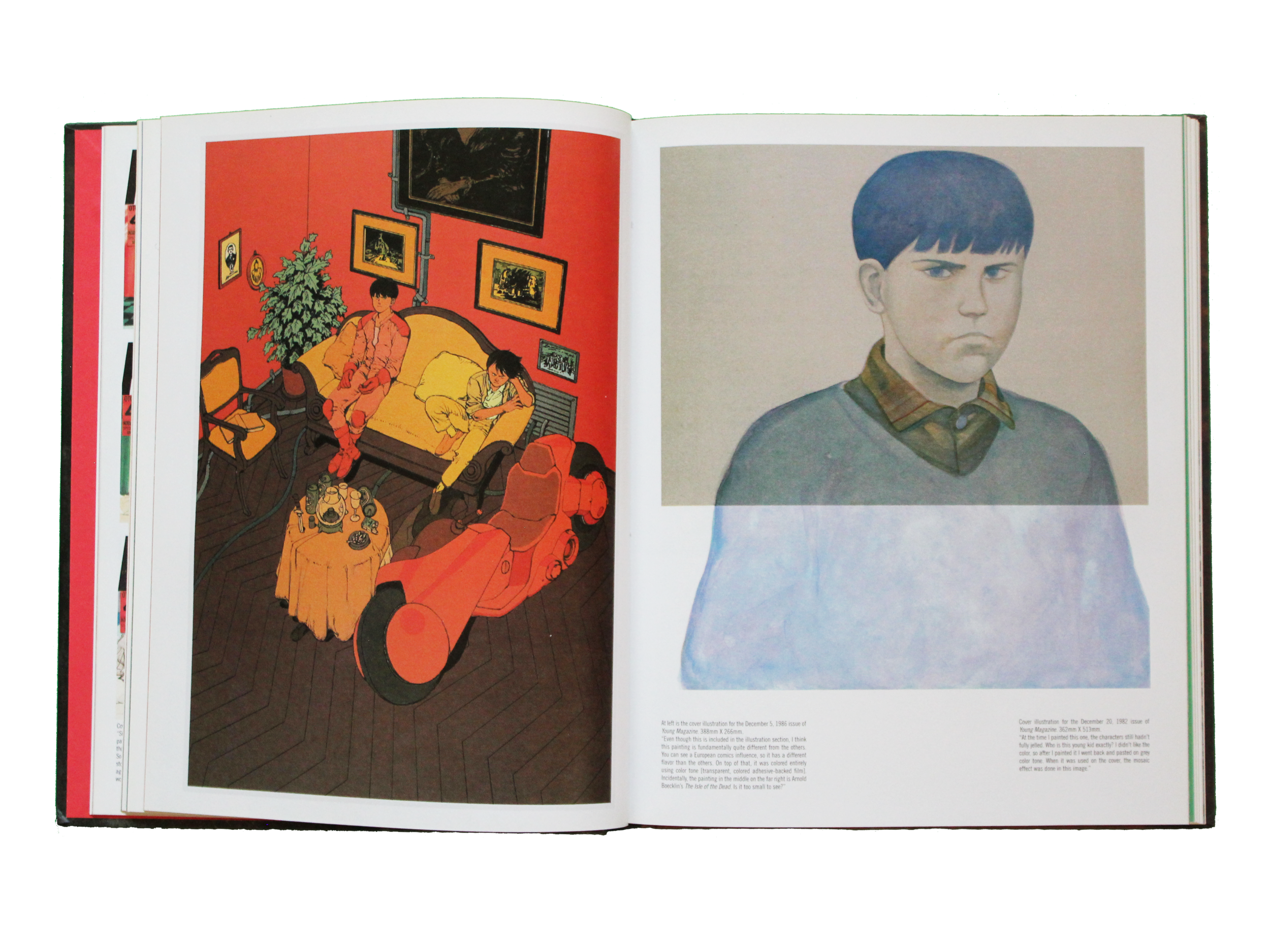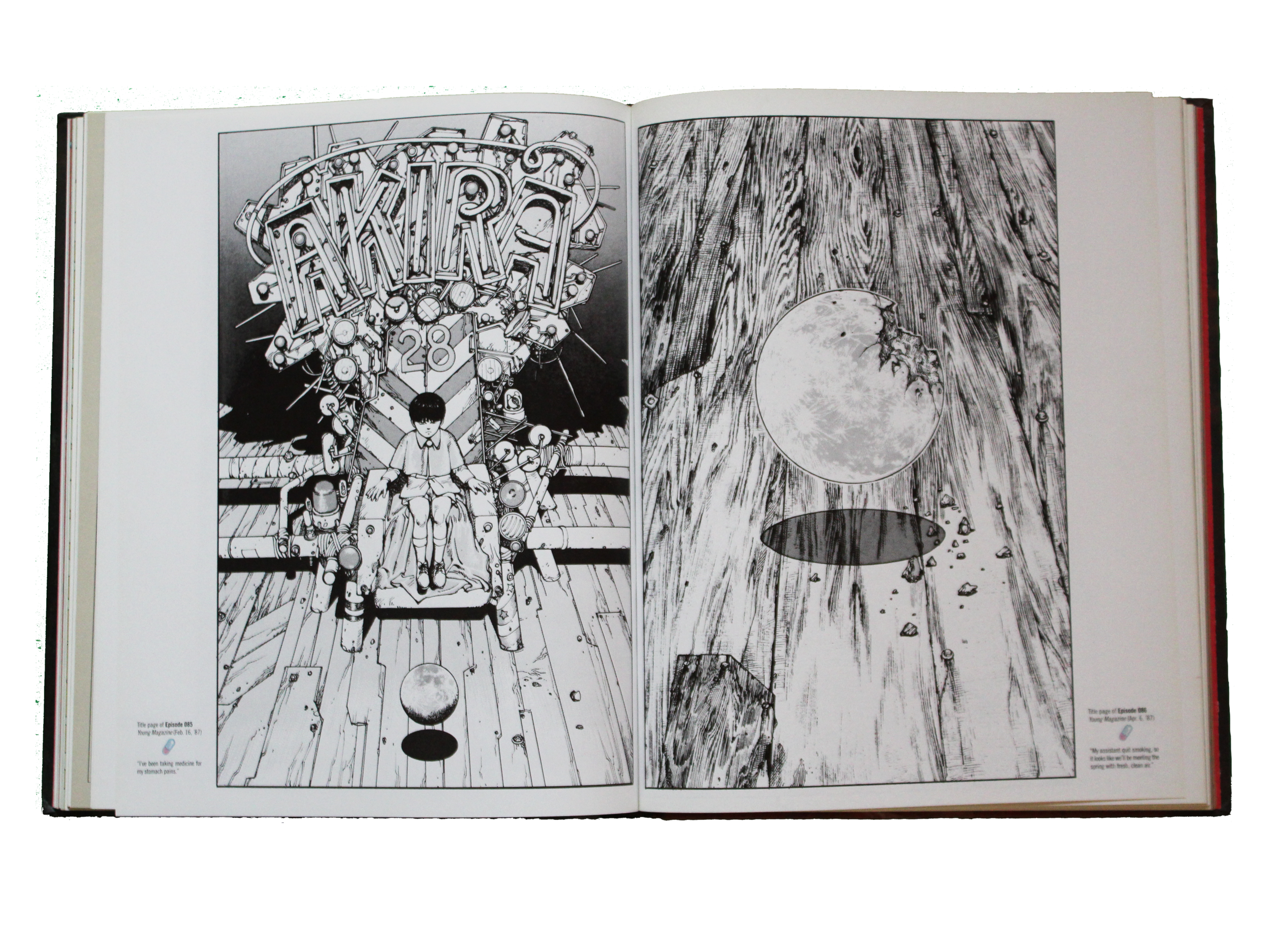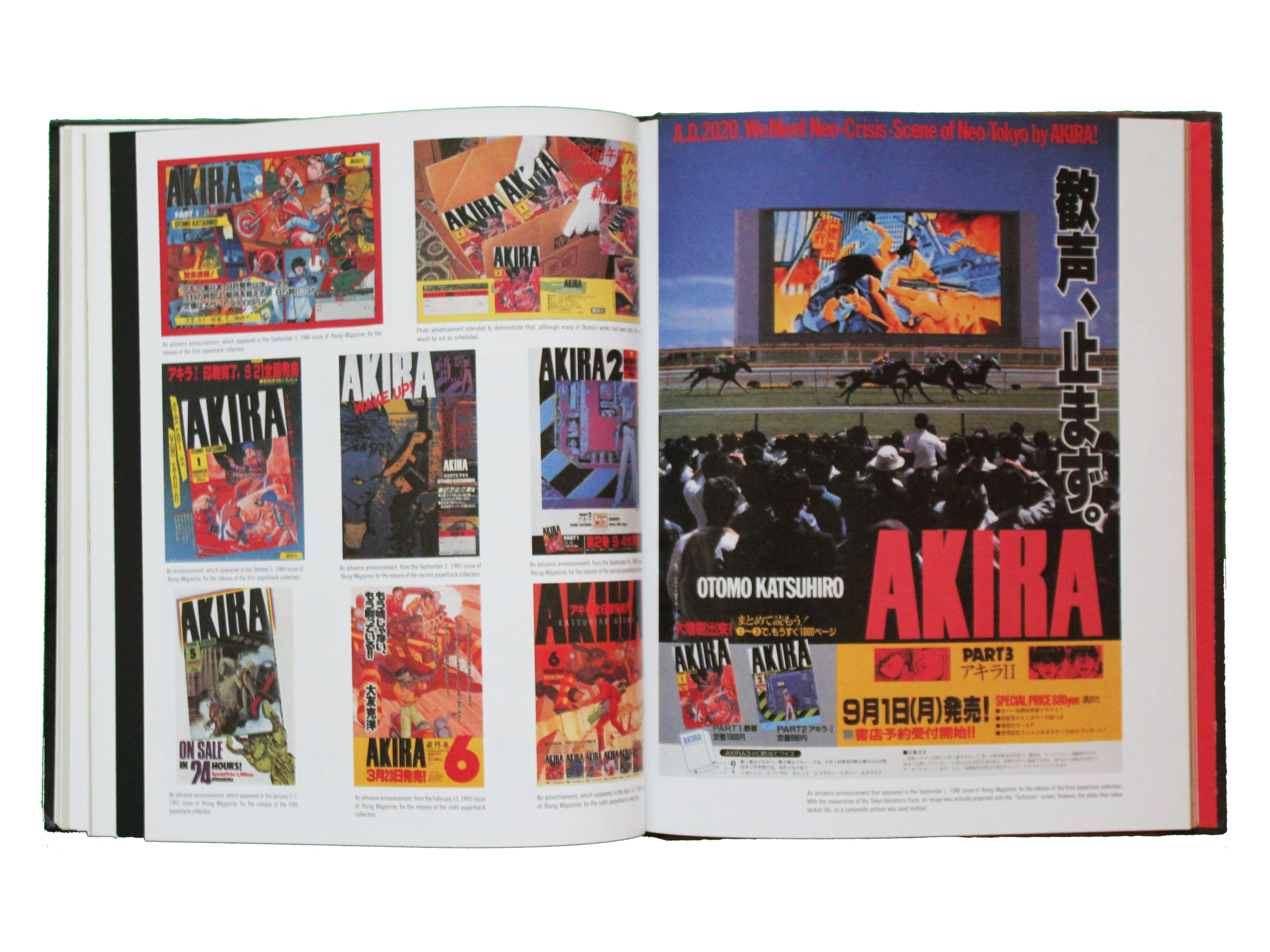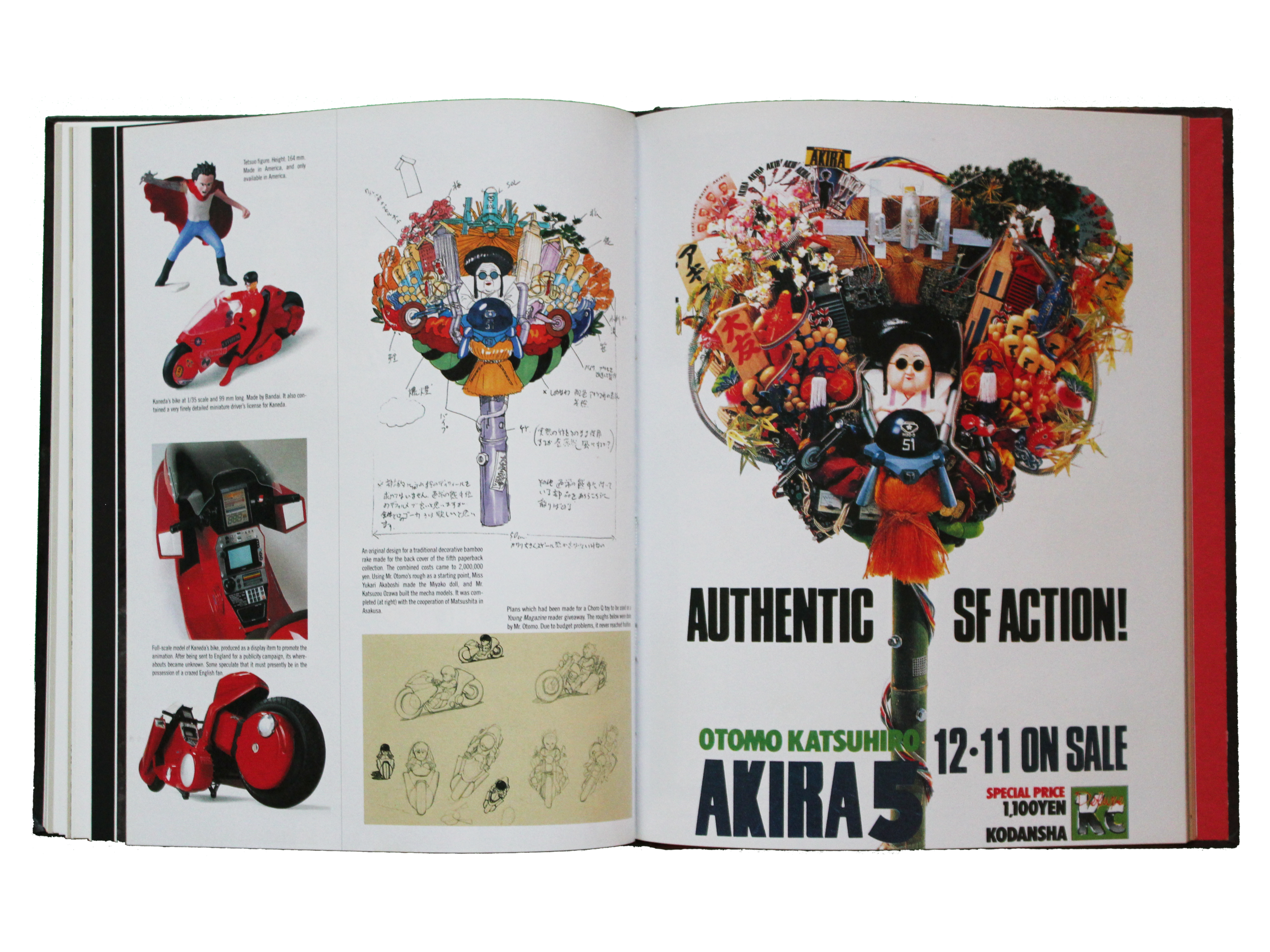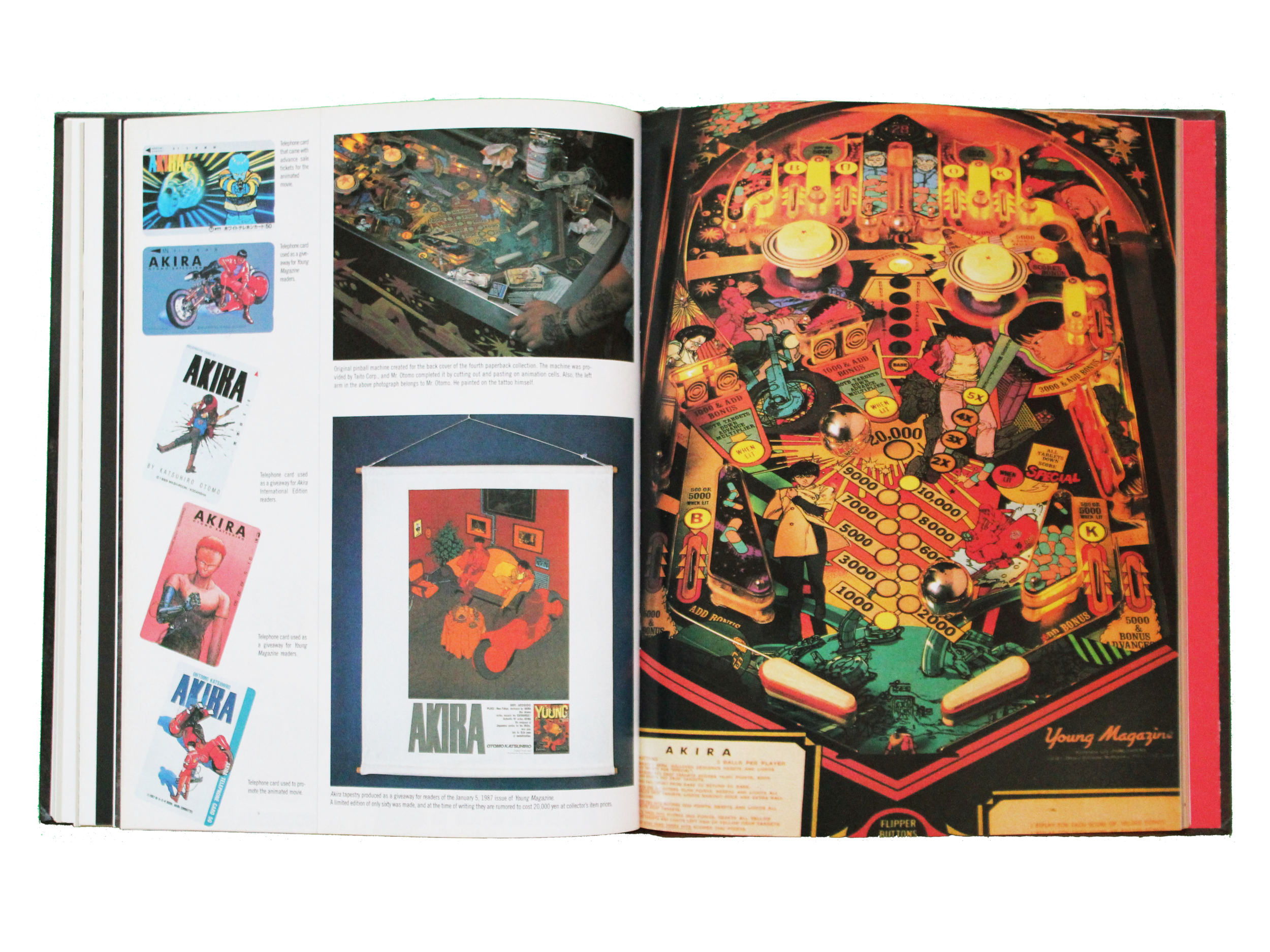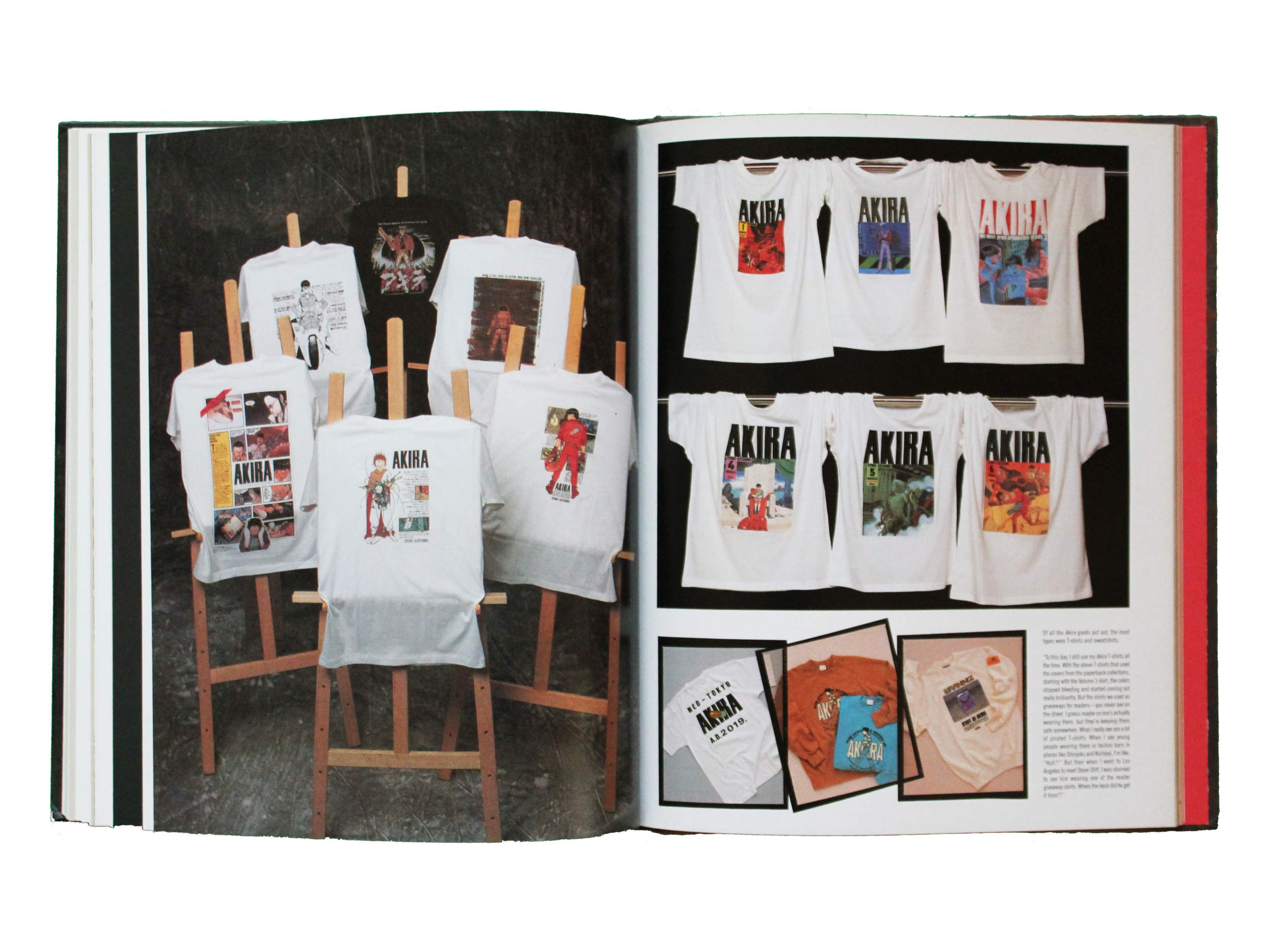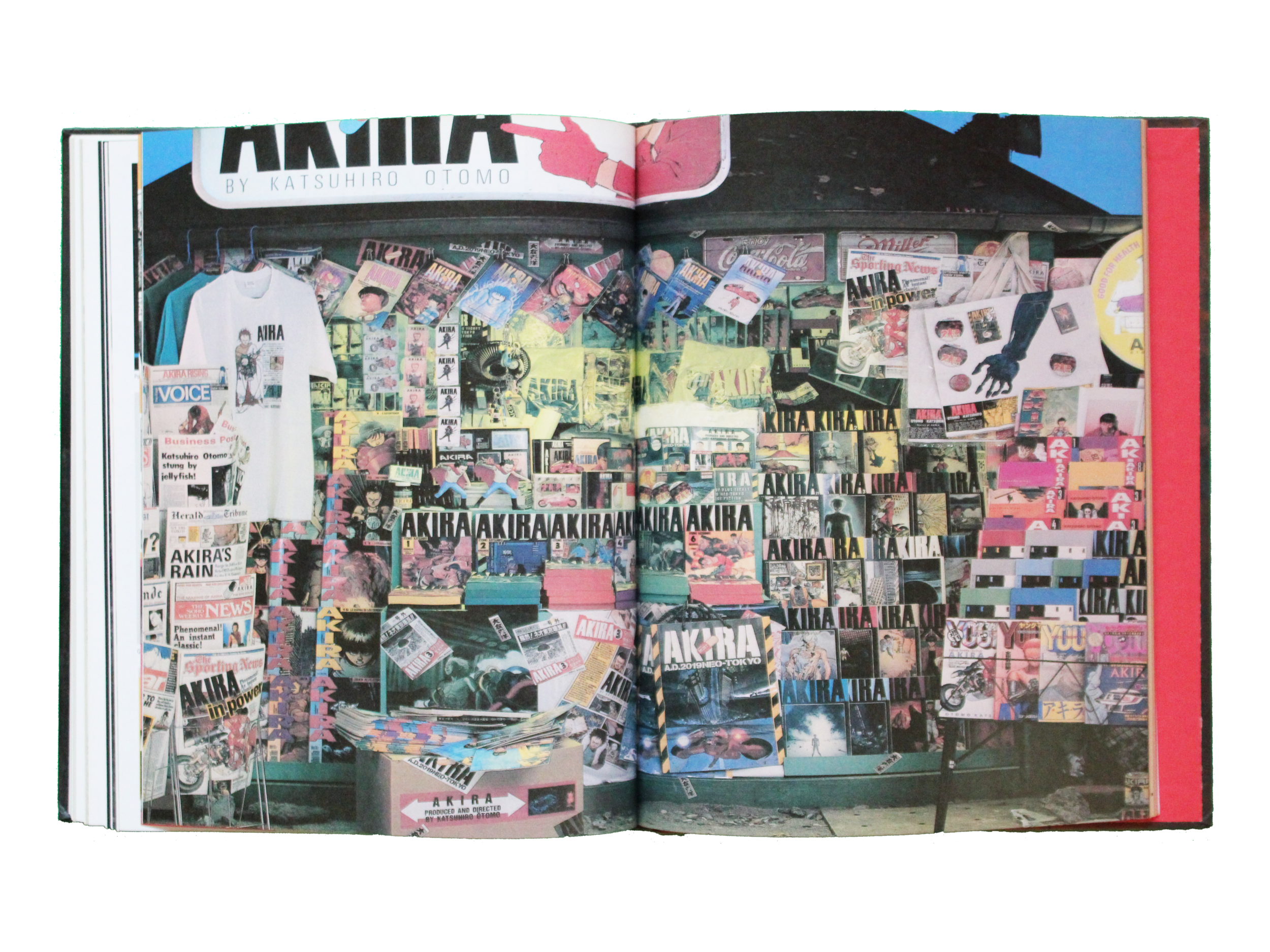Shelf Life: Akira Club
In the Shelf Life series, I want to introduce you to various books from my personal art book collection. May it be recent additions, more obscure rarities and finds, or timeless classics with decades of shelf life in the literal sense of the word.
Don’t be fooled by the cover of Akira Club that admittedly is not too appealing and leaves something to be desired. This incredible volume is full to the brim with amazing illustrations by the master Katsuhiro Otomo. While the artist also produced other great works like Dōmu or Steamboy, Akira is certainly considered as his “magnum opus” judging by popularity as well as critical acclaim. It is lauded as one of the most influential and visionary manga works (as well as “comic books” in general) of all time and represents a peak level of illustration skill. The animated film adaption might have made some drastic changes in terms of content but is up to par with the visual scope and impact. It is also often rightfully credited as mainly responsible for the spread of anime movies in the west. While focusing on the manga series, Akira Club aptly distills the powerful artistry of both the manga and the movie.
The book contains hundreds of black and white as well as color illustrations. They include preliminary sketches, production art, poster designs, a cover gallery, and detailed art pages from the manga. All come with detailed descriptions and some even with interesting commentary by the artist himself. Towards the end of the volume, there is also an extensive gallery of previously unreleased works before it neatly wraps up with some rather trivial but entertaining answers given by Otomo to various questionnaires between 1982 and 1990.
The “Memorial Gallery” chapter is maybe the most intriguing part of Akira Club. I know that seems stupid in comparison to all the great illustration artwork by Otomo, but I’m simply a sucker for good merchandise, and there was a lot of excellent merchandise for Akira. It also gives a tangible (time machine-y) feeling for the real-life context and era in which the manga was created and first released. Of course, all the popular giveaway t-shirts and sweatshirts, that would probably cost you a four-figure sum if you ought to locate and purchase an original one today, are a clear standout. Nonetheless, the other promotional material is very intriguing as well. There are action figures, posters, bags, hats, and even telephone cards and a pinball machine. An excellent kiosk installation with all manga volumes, magazines, and merchandise might be my favorite spread in the whole book. The chapter also gives a nice overview of different translations and packaging designs for various global markets, giving you an idea of how big the worldwide “Akira Club” was already back then.
Thumbnail image: Akira Vol. 4 cover design.
Source: Imgur


